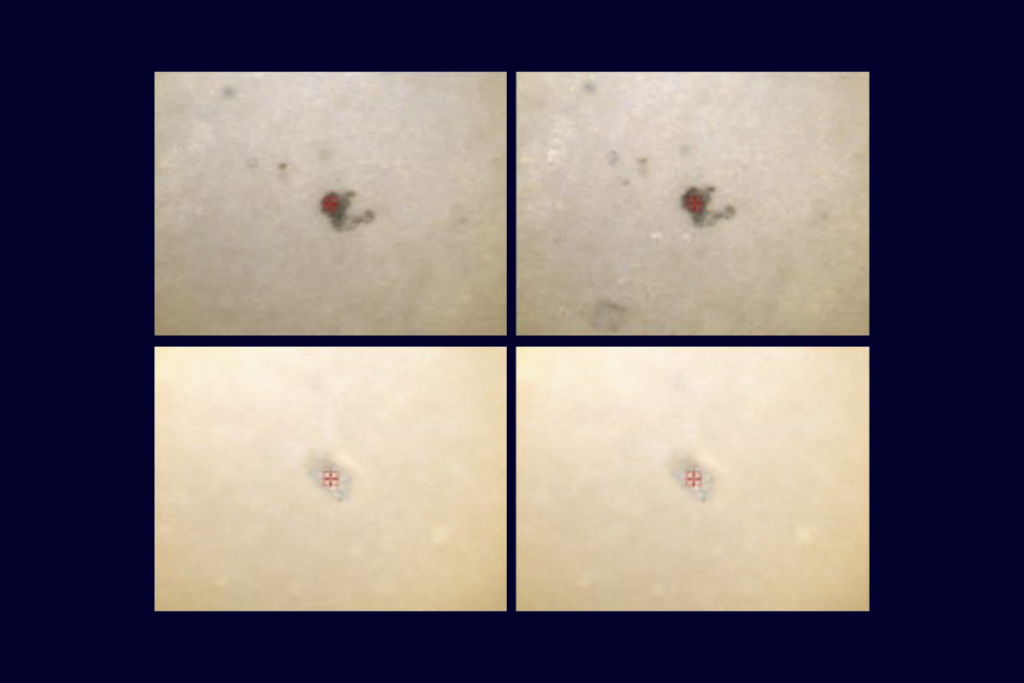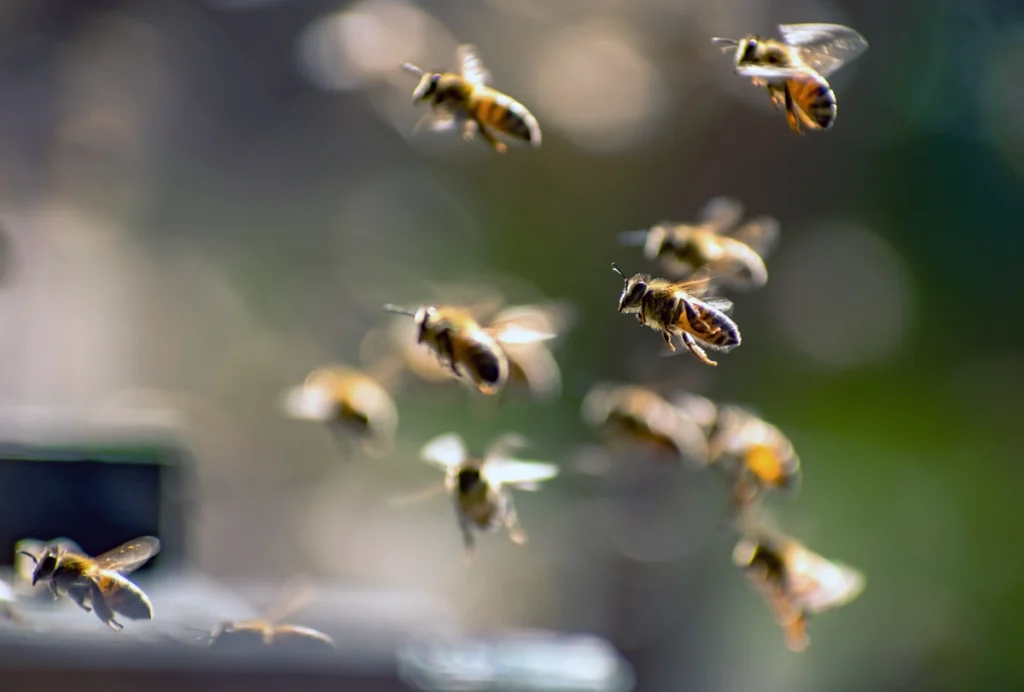A 2023 study led by Nobel-Prize-winning neuroscientist Thomas Südhof has been marked with an editorial expression of concern by the publisher after “significant concerns have been raised about the validity of some of the data reported,” according to the notice posted Tuesday.
The paper, “Neurexin-2 restricts synapse numbers and restrains the presynaptic release probability by an alternative splicing-dependent mechanism,” was published 24 March in the Proceedings of the National Academy of Sciences (PNAS) and has been cited once, according to Google Scholar. A reader contacted PNAS with concerns about the paper, and the journal is “looking into the matter,” PNAS spokesperson Prashant Nair wrote in an email to Spectrum. This is the third paper of Südhof’s to be flagged or corrected by journals this year.
An editorial expression of concern does not retract or correct an article but can be used by an editor to “draw attention to possible problems,” according to the Council of Science Editors.
Südhof’s earlier research on neurexin-2 and other neurexin proteins contributed to his receipt of the 2013 Nobel Prize in Physiology or Medicine for his discovery of cellular transport machinery. Neurexins help to form and organize synapses, and malfunctions in them have been linked to autism and schizophrenia. Südhof is professor of molecular and cellular physiology and neurosurgery at Stanford University in California.
I
Almost immediately after the paper’s publication, two anonymous commenters on PubPeer, a forum for discussing peer-reviewed articles, pointed out repeated numerical values in the spreadsheets from a supplementary file included with the article. These data quantify levels of vGluT2, HOMER1 and mEPSCs and provide the basis for plots shown in figures 2, 5 and 6 in the study.
The publication’s first author, Pei-Yi Lin, a postdoctoral fellow in Südhof’s lab, replied to the critiques on PubPeer in March. Lin posted screenshots of new spreadsheets, saying that the published file was not the “latest version.”
Since then, the conversation on PubPeer has continued with dozens of comments, including posts from other anonymous observers raising additional potential data issues, as detailed by physicist Maarten van Kampen in a June post on the blog For Better Science.
In his blog post, van Kampen posits that the updated spreadsheet Lin provided was instead “possible fabrication,” due to the statistically unlikely chance of multiple data points having identical decimals. Südhof posted on PubPeer in August that his team had “submitted an erratum to PNAS to correct the record.”
In mid-October, Südhof posted on PubPeer, agreeing that “there are major inconsistencies with the source data of this paper compared to the existing raw data, which we are puzzled by.”
The editorial expression of concern marking Südhof’s paper is one of two such notices published by PNAS editor-in-chief May Berenbaum within the past two years. Berenbaum also published four retractions by another Nobel Prize winner, molecular biologist Gregg Semenza, in 2022.
Two other papers led by Südhof have been corrected this year, following concerns raised on PubPeer. On 2 October, the Journal of Cell Biology corrected a figure in a 2019 study of neurexin-1 showing blots of proteins from samples of hippocampus and cortex that had been “mixed up with other similar blots that were imaged simultaneously,” according to the erratum notice. Earlier this year, a correction was published for a 2022 Nature Communications paper because of a copy-and-paste error in a source data file. Lin was also an author on this paper.
Südhof and Lin did not reply to Spectrum’s phone or email requests for comment by the time of publication.






